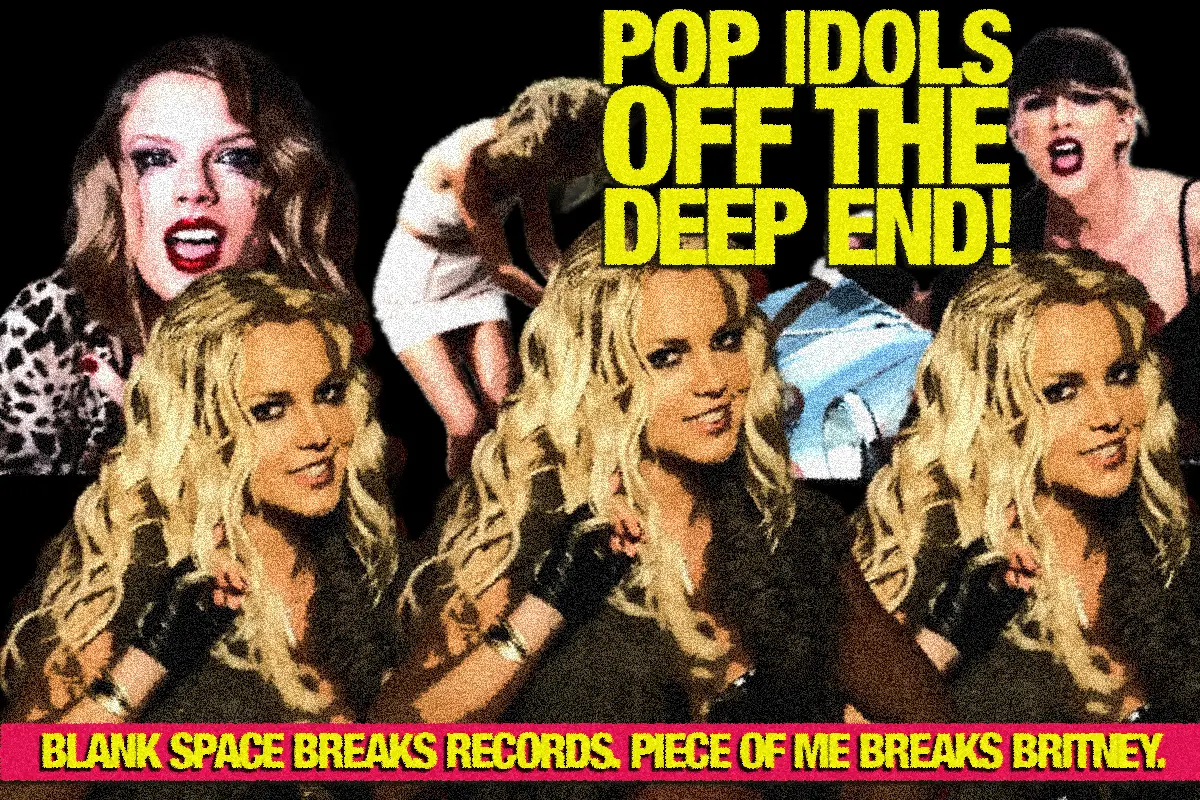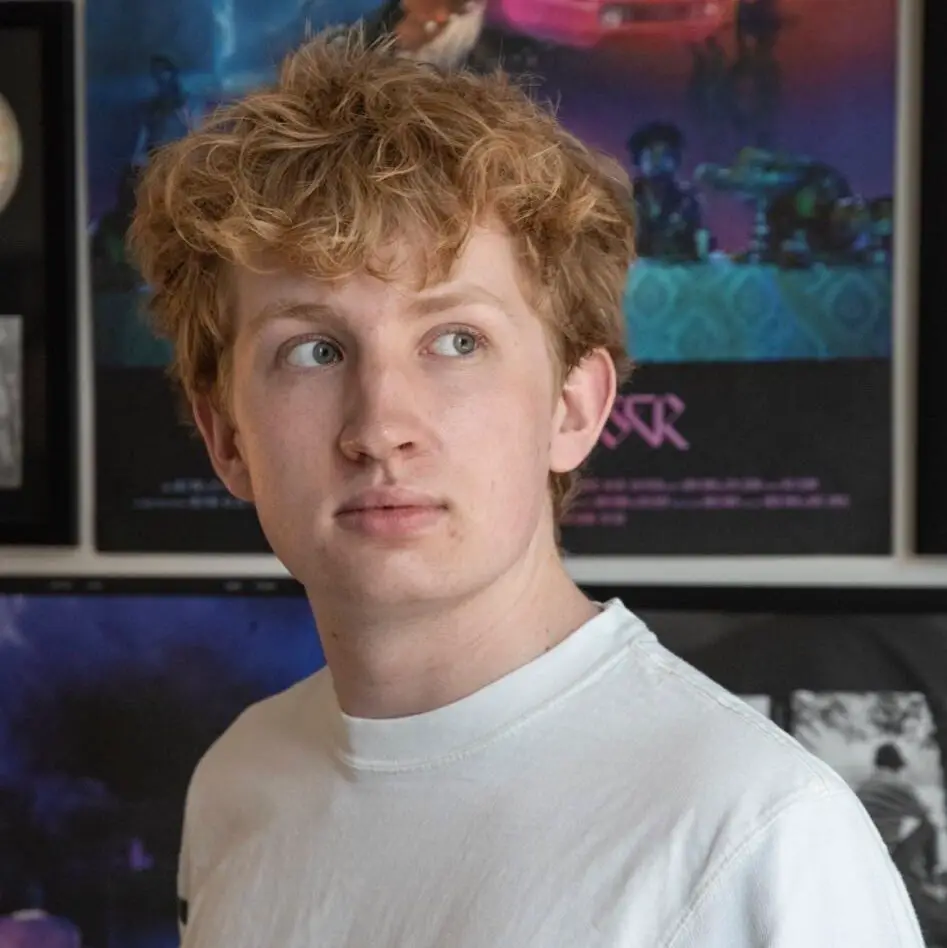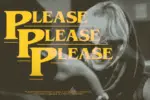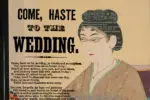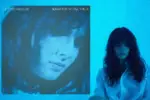Both once deemed American Sweethearts, Spears and Swift’s respective hits lambast the cruel tabloid culture that put them through harsh criticism.
In 1998, a 16-year-old Britney Spears of Kentwood, Louisiana catapulted to global stardom with her debut single “…Baby One More Time,” and would quickly become one of the most successful female performers of all time. Eight years later, a 16-year-old Taylor Swift released her own debut single, “Tim McGraw,” and would shortly transcend the country genre, becoming pop’s leading lady by the mid-2010’s. Eventually their careers would become inextricably linked by two songs and a shared feeling.
A blaring electric synth grows full at the beginning of Spears’ 2007 single “Piece of Me.” Bass and drums crunch beneath the synth screech as an auto-tuned vocal soundbite moans, “Ah, oh yeah.”
“I’m Miss American Dream, since I was seventeen,” Spears drones atop the ultimate mid-2000s club beat. (She was in fact 16, but hey, 17 rhymes better with “American dream.”) “Don’t matter if I step on the scene, or sneak away to the Philippines/ They still gon’ put pictures of my derriere in the magazine.” Within just this first line of the song, Spears sports a tone intended to not only sync up with the track’s instrumental, but to also demonstrate her assertive attitude in the regurgitation of headlines written about her.
As the world viewed 16-year-old Spears dancing in her infamous schoolgirl outfit in the music video for “…Baby One More Time,” she became somewhat frozen at that age. Upon America’s first glimpse at Spears, she was declared as the nation’s sweetheart. But soon enough, her every move would be deemed a mistake by tabloids and weaponized against her. For the next several years of her career, she’d be berated with criticisms of being “too sexy” and “inappropriate” while being held to unreasonable standards.Whether it be inappropriate questions about her virginity, or the wife of Maryland governor Robert Erlich “joking” about shooting Spears, the public suddenly couldn’t stand the perfect all-American girl they fell in love with.
As Natasha Lasky writes in “Britney Spears’s Blackout (33 ⅓),” the American public both praised and tore down the girl they’d constructed. “She was a girl-next-door and an untouchable siren, a bubbly teen and a sophisticated career woman, a bimbo corrupting the children and a good Christian girl, a white-trash reality TV star and elegant red-carpet royalty.”
Spears’ tactic to address her critics in “Piece of Me” is centered around the use of satirical metaphors. Throughout the verses of the song, she self-identifies with various headlines she’s read about herself, adopting them as a way to point out how ludicrous the public’s perception of her really is. Rather than disputing the headlines, she takes them on as “truthful” labels that must be accurate. “I’m Mrs. ‘Oh my God, that Britney’s shameless’/ I’m Mrs. ‘Extra! Extra! This just in,’” she sings, referencing her status as a hot tabloid commodity. She eventually breaks the fourth wall, addressing her critics directly: “I’m Mrs. ‘Most likely to get on the TV for strippin’ on the streets when gettin’ the groceries’/ Now, for real, are you kiddin’ me?”
It should be noted that while “Piece of Me” so vividly and satirically captures the ludicrous scrutiny Spears faced during the mid-2000s, she actually doesn’t have a writing credit on the song. She is credited as a songwriter on only two of the album’s 12 songs, with “Piece of Me” not being one of them. The songwriters behind “Piece of Me” were, in fact, Swedish producer duo Bloodshy & Avant (Christian Karlsson and Pontus Winnberg, respectively) and fellow Swede Klas Åhlund. How three Swedish men were able to so vividly capture the harsh American media cycle and intense scrutiny Spears faced at the time continues to puzzle listeners.
But no matter who wrote the song, “Piece of Me” captures the tumultuous time in Spears’ life while simultaneously throwing up a middle finger at critics. “After years of being meticulous, trying to please my mom and my dad, it was my time to say ‘Fuck you,’” Spears writes of creating “Blackout” in her new memoir, “The Woman In Me.”
Seven years later, Taylor Swift found herself in a somewhat similar position to Spears’ mid-2000s public scrutiny. Though times had changed a bit and media outlets wouldn’t denounce Swift quite as harshly as they had Spears, Swift’s public image by 2014 was that of a “serial dater.”
After four albums and a normal amount of relationships for a young twenty-something, Swift was consistently the butt of misogynistic jokes. At their best, jokes would poke fun at her use of her relationships as a source of inspiration for her music—a practice as old as time. But at their worst, the jokes distorted into snide comments about her looks and personality. The general train of thought among detractors was that Swift, an evil 24-year-old girl, sought out Hollywood’s finest young men, played coy until she had them hooked, used them for songwriting material and left them behind once she’d gotten her use out of them. She was simultaneously the perfect all-American role model for young girls, who didn’t drink, smoke or show midriff, and a boy-hungry “Slut!” with an insatiable hunger for sucking catchy pop hooks out of her A-list companions.
Released as the second single from her career-defining fifth studio album “1989,” “Blank Space” subverted the “serial dater” jokes by taking her criticisms and running with them. Thudding bass and electronic percussion open the song as Swift demonstrates her step-by-step process of alluring a partner to listeners. “Nice to meet you, where you been?/ I could show you incredible things,” she sings. “Saw you there and I thought/ ‘Oh, my God, look at that face/ You look like my next mistake/ Love’s a game, wanna play?’”
Similarly to “Piece of Me,” Swift adopts the label that society assigned to her as a maneuver to take back ownership of her image and voice. “I was just kind of sitting around thinking about how the media has kind of had a field day talking about what they think my personal life is like,” she told SiriusXM in 2014. “It was really interesting to kind of joke around with it, and kind of play around with the narrative everybody else has been joking around about anyway.” Taking after “Piece of Me,” “Blank Space” illustrates how absurd the media and public’s perception of her personal life is by embracing their fictitious idea of her.
“Got a long list of ex-lovers/ They’ll tell you I’m insane/ ’Cause you know I love the players/ And you love the game,” she sings. Swift also uses metaphors to illustrate her message, going as far as “admitting” that she’s a “nightmare dressed like a daydream,” to underscore her criticisms of being stealthier than she leads on.
Where Spears used a monotone droll with little inflection to emphasize her disdain for the narrative ascribed to her, Swift fully assumes her character, using the full range of her vocal ability to convey her assumed lunacy.
Songs aimed at critics are far from a new phenomenon. Guns n Roses’ “14 Years,” Michael and Janet Jackson’s “Scream” and Frank Zappa’s “Packard Goose” all took aim at their respective detractors. Swift had even issued a response to her critics four years prior to “Blank Space” on “Mean” (“Washed up and ranting about the same old bitter things/ Drunk and grumbling on about how I can’t sing,” she sang). But the vessel in which her message was delivered on “Blank Space” can be traced back to Spears’ model. Instead of taking direct digs at critics, Spears and Swift’s songs run through the list of absurd identifiers assigned to them and align with them as a way to subvert the label’s meaning. By embracing the words and titles used against them, the criticisms lose their value and meaning.
Of course, the natural differences between the songs is perhaps rooted in the involvement of their writing. Swift had a hand in the majority of her songwriting, and Spears had no part in hers. But the similarities between the two outweigh the differences.
Not only are both songs similar in their tone and ideology, each was featured on its star’s fifth album, both of which landed the stars in new sonic landscapes. For Spears, using electronic and dance beats contrasted with her classic early aughts pop. For Swift, making the complete switch from country to pop marked a distinct new beginning in her career. Both songs were also released as the second singles from their respective albums.
More than just pivoting sonically, both singers changed their physical appearances for their respective eras. Spears embraced a “darker” edge to go along with her more assertive sonic style, dyeing her hair a deep brunette that washed away any resemblance to the platinum blonde poster girl she’d been for years prior. Swift bid her flowing golden locks adieu and chopped her hair into a shoulder-length bob. Swift’s new look was far less drastic than Spears’ more stark transformation, but it was a transformation nonetheless.
The way audiences responded to each song continues to differ. “Blank Space” still pops onto radio broadcasts nearly 10 years after its release. To the casual fan of Swift, “Blank Space” remains ubiquitously associated with her in a generally positive sense. Whether or not the casual listener understands the song’s subtext, most recognize the song as a cornerstone of Swift’s career. After all, it topped the Billboard Hot 100 for seven weeks.
Unfortunately for Spears, “Piece of Me” was overshadowed by the public’s harsh perception of her. Because all of America seemed to be solely focused on Spears’ personal life, much of the brilliance of “Blackout,” and especially “Piece of Me,” went by unnoticed. In the only interview Spears did for the album, Ryan Seacrest opted for questions about her then-ongoing custody battle over her sons, rather than keep the focus on the music she was there to promote. Seacrest’s questions such as “Do you feel like you’re doing everything you can for your kids?” encapsulates much of the public’s mindset when it came to Spears at the time.
Also important to note is that “Piece of Me,” along with “Blackout,” arrived in the wake of a public upheaval over Spears’ performance of “Gimme More” at the 2007 MTV Video Music Awards just over a month prior. Though she put on a half-decent performance, Spears was torn apart by the press and criticized for the performance itself as well as her appearance. Despite the public’s skewed perception of her, “Piece of Me” reached the 18th spot on the Hot 100, but by the high standards she was held to, that was largely deemed a commercial misstep compared to her previous chart successes.
The respective music videos for each song also draw upon the star’s individual yet similar approaches to the songs. Spears approached the video for “Piece of Me” with the same literal style as conveyed in the song. Lyrics flash across the screen and morph into magazine headlines that Spears promptly crumples up and tosses aside. In the midst of a club escapade with a gaggle of blonde lookalikes, she leads a suitor into the club’s bathroom, unbuttoning his shirt to find a camera before penning “sucker” on his forehead in lipstick. Even with the random shots of her half-dancing in front of her lookalikes, the video largely reflects the themes of the song in a clean-cut manner.
Swift’s approach to visualizing her message conveyed in “Blank Space” differs vastly, opting for a much heavier use of metaphor. Opening with an AC Cobra pulling into the driveway of a gigantic mansion, Swift leads her suitor in a game of cat and mouse in an effort to attain his trust. Following the song’s narrative arc, things quickly sour as Swift rips paintings to shreds, stabs a heart-shaped cake and takes a golf club to her partner’s car. Similarly to the song itself, Swift expands upon Spears’ template to create a visual world to accompany her extreme “confessions of a serial dater.” Both videos achieve their intended aim, but by building upon the template further, Swift constructs a more grandiose commentary on her public image.
Spears and Swift’s careers have followed curiously similar arcs, each experiencing the misogyny that unfortunately comes with massive fame in a harsh media ecosystem. Both shared a sense of dissatisfaction for the tabloid culture that initially granted them some level of their fame, and both expressed their similar experiences through their respective songs. Swift’s choice to take a page out of Spears’ book and opt for a sarcastic and satirical approach to addressing detractors shows just how prescient the “Piece of Me” model was, both in its tone and delivery. Despite whatever sonic or stylistic differences they have, both artist’s expressions of their shared feeling cause their careers to be inextricably linked.


